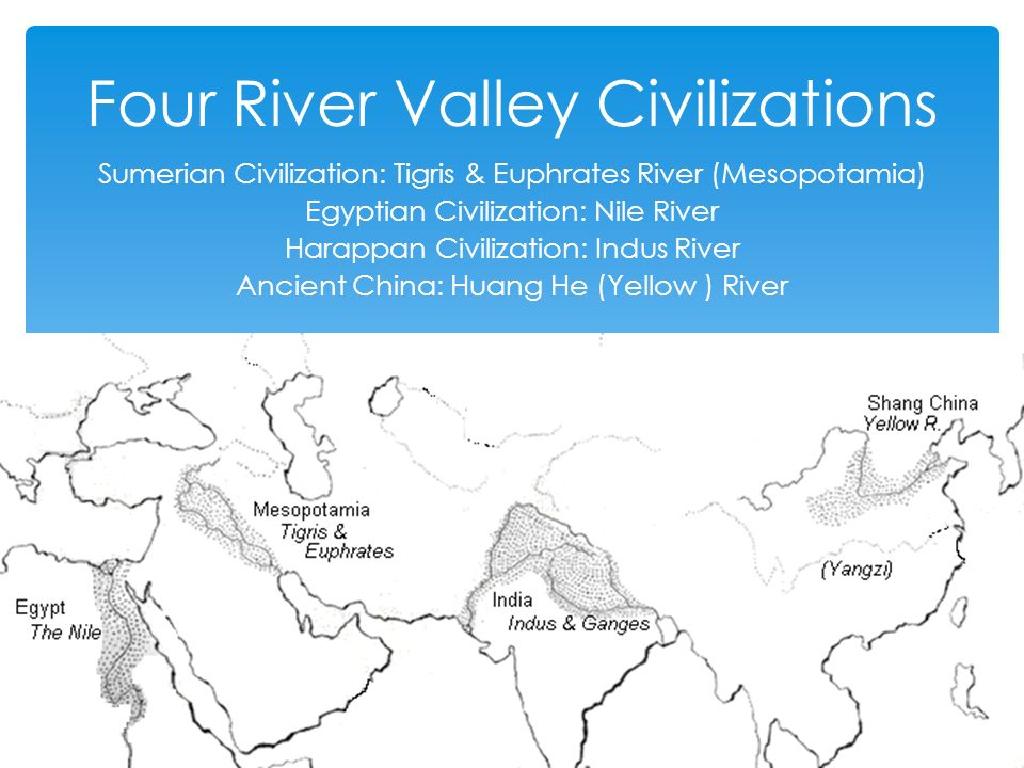Name Countries Of Africa: Review
Subject: Social studies
Grade: Eighth grade
Topic: Africa: Geography
Please LOG IN to download the presentation. Access is available to registered users only.
View More Content
Exploring Africa’s Geography
– Africa’s diverse landscapes
– Deserts, mountains, rivers, and forests
– Geography’s role in development
– How physical features influence culture, economy, and politics
– Recap of African geography
– Review countries, capitals, and regions
– Engage with African maps
|
This slide introduces students to the vast and varied geography of Africa, which includes deserts like the Sahara, mountain ranges such as the Atlas and Kilimanjaro, and significant rivers like the Nile and Congo. Emphasize how these geographical features have shaped the continent’s development, affecting everything from historical trade routes to modern-day cultural and political landscapes. Use the recap to refresh students’ memory of the countries, capitals, and specific regions studied in the previous session. Encourage interaction with maps to reinforce their spatial understanding of Africa’s geography, preparing them for more in-depth discussions or activities related to the continent’s countries.
Exploring the Countries of Africa
– Africa comprises 54 diverse countries
– Size and diversity of African nations
– African countries vary greatly in size, culture, and language.
– Highlighting countries by key aspects
– Examples: Algeria (largest by area), Nigeria (largest by population), Egypt (North Africa), South Africa (Southern Africa)
– Understanding regional characteristics
– Discuss the Sahara, the rainforests, and coastal regions.
|
This slide aims to provide an overview of the African continent’s rich diversity in terms of its countries. Emphasize that Africa is not a monolithic entity but a continent with 54 unique countries, each with its own culture, language, and history. Discuss how the size of these countries can range from the vast expanses of Algeria to the smaller nations like Djibouti. Highlight a few countries, such as Algeria, Nigeria, Egypt, and South Africa, to give students a sense of the diversity in terms of geography, population, and regional placement. Encourage students to think about the different climates and landscapes found across the continent, from the deserts of the north to the lush rainforests and the varied coastlines.
Exploring Northern Africa
– Identifying Northern African countries
– Learn about Morocco, Egypt, Libya, Algeria, Tunisia, and more
– Cultural features of Northern Africa
– Diverse cultures influenced by history and trade
– Geographical landscape of the region
– From the Sahara Desert to the Nile River
– Egypt: A case study
– Home to the Sphinx and the ancient pyramids
|
This slide aims to review the countries of Northern Africa and explore their unique cultural and geographical features. Students should be able to identify key countries in the region, such as Morocco, Egypt, Libya, Algeria, and Tunisia. Discuss the rich cultural heritage influenced by historical events and trade routes. Highlight the diverse geographical landscapes, including the vast Sahara Desert and the life-giving Nile River. Use Egypt as a specific example to delve into how historical structures like the pyramids and the Sphinx contribute to our understanding of ancient civilizations. Encourage students to think about how geography and culture are interconnected in Northern Africa.
Exploring Western Africa
– Identify Western African countries
– List countries like Nigeria, Ghana, Senegal
– Historical role in global trade
– Slave trade, resources like gold and cocoa
– Example: Nigeria’s significance
– Nigeria: Africa’s most populous & rich in oil
– Review and discuss in class
|
This slide aims to help students recognize the countries that make up Western Africa and understand the region’s historical importance in global trade, particularly during the era of the transatlantic slave trade and the exportation of resources like gold, cocoa, and oil. Nigeria is highlighted as a key example due to its status as the most populous country in Africa and a major oil producer. Encourage students to engage with the material by identifying other countries in the region and discussing their historical and contemporary significance. This review will solidify their geographical knowledge and enhance their understanding of Africa’s role in world history.
Exploring Central Africa
– Identify Central African countries
– Countries like Cameroon, Central African Republic, and Chad
– Discuss the Congo River’s role
– A vital waterway for transport and resources
– Example: Democratic Republic of the Congo
– Home to expansive rainforests and diverse ecosystems
– Significance of Central Africa’s geography
|
This slide aims to review the countries within Central Africa and highlight the region’s geographical features, particularly the Congo River. Start by having students identify countries in Central Africa, ensuring they understand the region’s boundaries. Discuss the Congo River, emphasizing its importance for transportation, trade, and as a resource for the people living in its basin. Use the Democratic Republic of the Congo as a specific example to illustrate the region’s rich rainforests and biodiversity. Highlight how geography, such as river systems and rainforests, plays a crucial role in the development and culture of Central African countries. Encourage students to think about how these geographical features impact daily life, economy, and the environment in Central Africa.
Exploring Eastern Africa
– Identify Eastern African countries
– Countries like Kenya, Ethiopia, and Tanzania
– Discuss the Great Rift Valley
– A continuous geographic trench that affects geography and climate
– Impact of the Rift on the region
– Influences biodiversity, agriculture, and human settlement
– Kenya: A case study
– Known for savannahs, wildlife, and tourism
|
This slide aims to review the countries of Eastern Africa and discuss the significant geographical feature of the region, the Great Rift Valley. Students should be able to identify key countries in Eastern Africa, such as Kenya, Ethiopia, and Tanzania. The Great Rift Valley is a major geological formation that has a profound impact on the region’s landscape, climate, and biodiversity. It’s important for students to understand how this feature influences agriculture, wildlife, and human settlements. Kenya is presented as an example to illustrate the valley’s impact, highlighting its famous savannahs and rich wildlife, which are integral to the country’s identity and economy. Encourage students to explore how the Great Rift Valley has shaped other Eastern African countries and to consider the interplay between geography and human activity.
Exploring Southern Africa
– Identify Southern African countries
– Discuss region’s mineral wealth
– Rich in diamonds, gold, and platinum
– Highlight region’s natural beauty
– Home to landscapes like Victoria Falls
– Example: South Africa’s diversity
– Known for 11 official languages and apartheid history
|
This slide aims to review the countries in Southern Africa and discuss the region’s significant mineral wealth and stunning natural beauty. Students should be able to identify key countries in the region, such as South Africa, Botswana, Namibia, Zimbabwe, and Lesotho. Highlight the abundance of natural resources, particularly in South Africa, which is a leading producer of diamonds, gold, and platinum. Discuss the breathtaking landscapes and tourist attractions like Victoria Falls and the Kalahari Desert. Use South Africa as a case study to explore cultural diversity and historical context, including the impact of apartheid. Encourage students to think about how geography and natural resources can shape a country’s economy and culture.
Island Nations of Africa
– Identify African island nations
– Comoros, Seychelles, Madagascar, Cape Verde, and São Tomé and Príncipe
– Island geography’s impact
– Isolation can lead to unique biodiversity and cultural evolution
– Culture and economy influences
– Tourism, fishing, and trade are key economic activities
– Example: Madagascar
– Home to lemurs and baobab trees, influenced by multiple cultures
|
This slide aims to review the island nations of Africa, focusing on their identification, and the influence of island geography on their culture and economy. Students should learn about the unique characteristics of island nations, such as their biodiversity and cultural heritage. Madagascar serves as a prime example with its endemic wildlife and diverse ecosystems, which have evolved due to its isolation. The economy of these islands is often shaped by their geography, with a heavy reliance on tourism, fishing, and trade. Encourage students to explore how these factors contribute to the islands’ development and to consider the similarities and differences between the island nations and mainland African countries.
Review Activity: Mapping Africa
– Fill in the blank African map
– Pair up for map completion
– Discuss countries’ interesting facts
– Think about history, culture, or landmarks
– Share findings with the class
|
This class activity is designed to reinforce the students’ knowledge of African geography by having them label a blank map with the names of African countries. Students will work in pairs to encourage collaboration and peer learning. As they identify each country, they should discuss and note down interesting facts, such as historical events, cultural aspects, or famous landmarks associated with that country. After completing the map, pairs will share their findings with the class, which will help in building a comprehensive understanding of the continent. Provide a list of countries to assist them and consider having a few maps with hints for students who may need extra support. Encourage students to use atlases or digital resources if needed.
Reflecting on Africa’s Geography
– Recap African countries and regions
– Celebrate Africa’s diverse geography
– Africa’s geography is rich with deserts, rainforests, and savannas.
– Choose an African country for an essay
– Pick a country that interests you and explore its unique features.
– Reflect on what you’ve learned
– Think about the different climates, cultures, and landscapes.
|
As we conclude our study of African geography, it’s important for students to reflect on the vast number of countries within the continent and the diversity each one holds. Encourage them to think about the different regions, from the Sahara Desert in the north to the rainforests in the central region, and the savannas in the south. For homework, students should choose an African country that intrigues them and write a short essay exploring its geography, culture, and any unique attributes. This exercise will help solidify their understanding of the continent’s richness and diversity. In the next class, we can have a discussion about their findings and share insights with one another.






